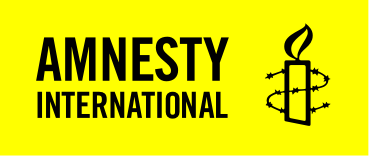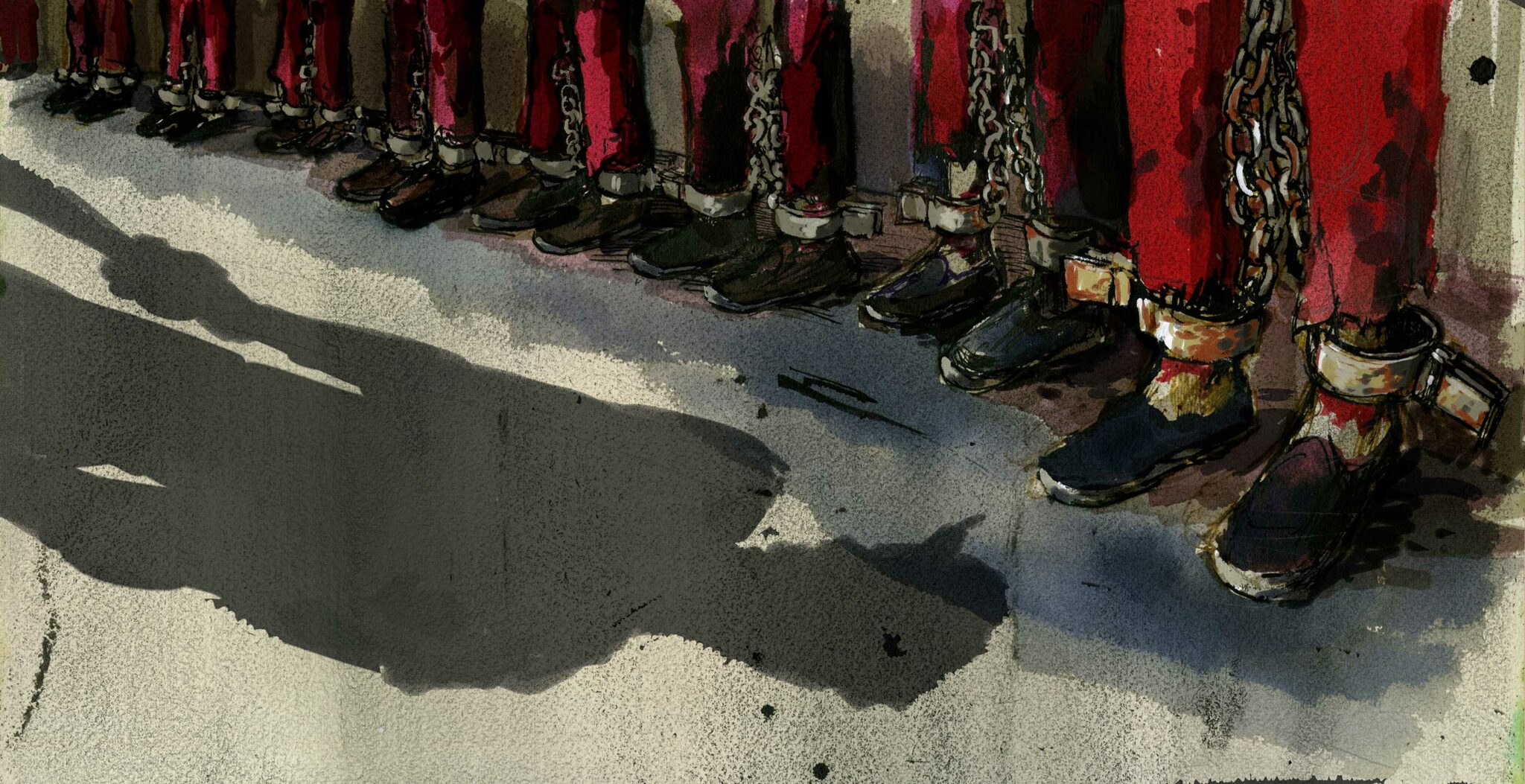The right to privacy under international law and mass surveillance as a human rights violation
The right to privacy is a human right protected under the Universal Declaration of Human Rights and the ICCPR, among other instruments. [[[The right to private life is enshrined in Article 12 of the Universal Declaration on Human Rights (UDHR) and Article 17 of the International Covenant on Civil and Political Rights (CCPR), to which China is a signatory.]]] According to ICCPR Article 17(1), “No one shall be subjected to arbitrary or unlawful interference with his privacy, family, home, or correspondence[.]” Any interference with the right to privacy must always be legitimate, necessary, and proportionate, and everyone has the right to the equal protection of the law against interference that is not legitimate, necessary, or appropriate.
Indiscriminate mass surveillance is the widespread bulk monitoring, interception, collection, storage, analysis, or other use of communications material that is not targeted at an individual or an identifiable and distinguishable group or location, and that is not based on reasonable suspicion. [[[Amnesty International, “Easy Guide to mass surveillance,” 18 March 2015 →]]] Surveillance violates the right to privacy unless it is strictly necessary and proportionate in pursuit of a legitimate aim. Amnesty International believes indiscriminate mass surveillance is never a proportionate interference with the human rights to privacy and freedom of expression. [[[Amnesty International, “Amnesty International Calls for Ban on the Use of Facial Recognition Technology for Mass Surveillance,” 11 June 2020 →]]]
To be lawful, any communications surveillance must be authorized in accordance with domestic laws that are publicly accessible and foreseeable. The law must be clear enough to give people an adequate indication of the conditions and circumstances under which the authorities are empowered to resort to communications surveillance. Effective safeguards against abuse must be set forth in law and include the nature, scope, and duration of the possible surveillance measures; the grounds required for ordering them; the authorities competent to permit, carry out, and supervise them; and the remedy process provided.
The use of facial recognition technology (FRT) for identification – that is, to establish who an individual might be (in contrast to the comparison or authentication of the facial image of a person presenting themselves against the facial image registered for that specific person to verify if they are the person they claim to be) – is a form of indiscriminate mass surveillance. As such, it is a violation of the right to privacy and other human rights. [[[Face identification systems are used to identify individuals by their face, from among a number of people, by comparing that face against a database of images to see if any matches are found. This kind of system is used by law enforcement to identify individuals against a watchlist. The individual is typically not involved in this process, which in particular does not require prior credentials to have been registered by them. In contrast, face verification systems (also described as face authentication systems) scan a face and attempt to match this face to a corresponding face image on a database of existing images. These systems are used, for example, to enter a building or to pass through border control at an airport. The individual is typically involved in this process, including when a facial image is recorded at the time of registration.]]] FRT that scans and captures data from all faces within its radius is neither necessary nor proportionate in any circumstance. [[[Amnesty International, “Amnesty International Calls for Ban on the Use of Facial Recognition Technology for Mass Surveillance,” 11 June 2020 →]]]
FRT significantly impinges on the rights to peaceful assembly and to freedom of expression. States are increasingly turning to FRT to monitor public spaces. This is not only an interference with the rights of peaceful assembly, freedom of association, and freedom of expression, it can also create a chilling effect and seriously deter peaceful dissent and participation in public life.
FRT can have a disproportionate impact on marginalized groups, undermining the right to equality and non-discrimination. The technology can and is being used by states to intentionally target certain individuals or groups of people based on their protected characteristics, including ethnicity, race, and gender. Even if this is not the stated aim of the technology, discriminatory impacts nevertheless present a huge risk. This technology can exacerbate and entrench existing societal disadvantages and further disempower already-marginalized groups of people.



